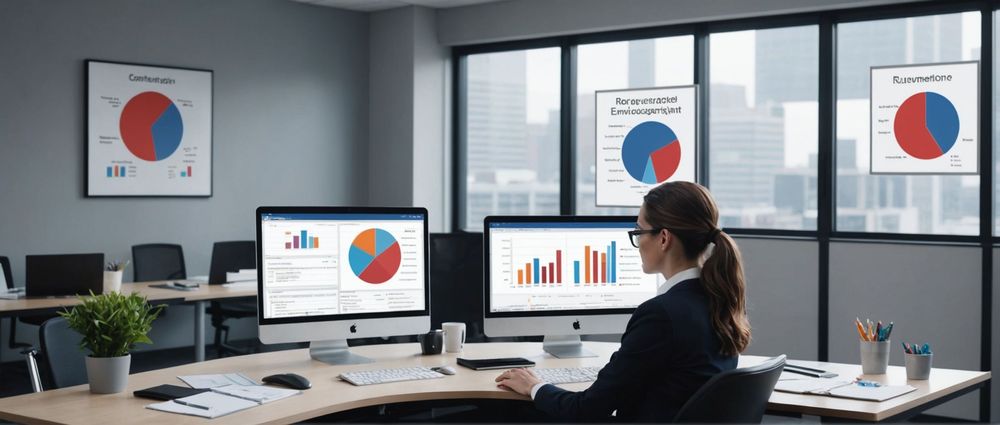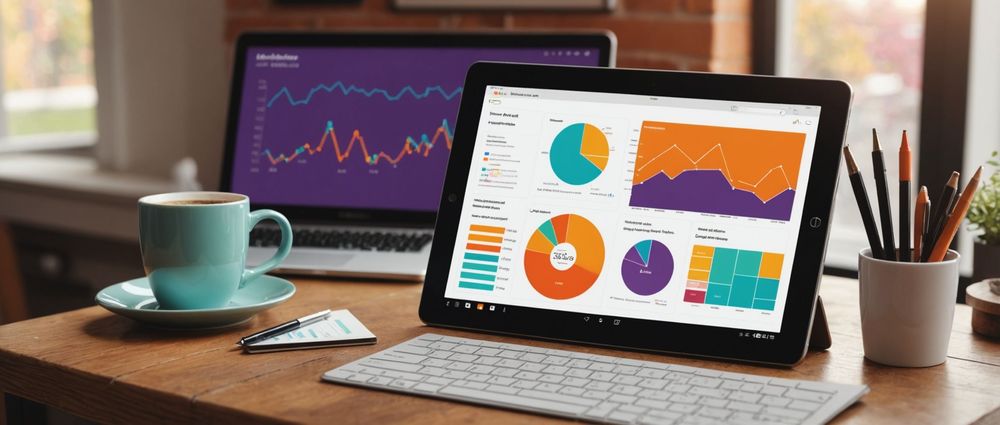Data is a powerful tool that can support arguments, illustrate trends, and sway opinions if presented compellingly. In this article, we will delve into effective strategies for making your data more engaging and persuasive. From visual elements to storytelling techniques, you’ll discover several little ways to make your data far more impactful.
Use Visuals to Your Advantage

Visuals are a primary element in rendering data more compelling. By transforming data sets into charts, graphs, or infographics, you make the information easier to digest and more appealing to the audience. Visual elements attract attention and enhance retention of information. It’s essential to choose the right types of visuals that fit your data best, ensuring they are not cluttered but clear and straightforward.
For example, bar graphs work well for comparing quantities, pie charts are useful for showing proportions, and line graphs excel in depicting trends over time. The goal is to make your data aesthetically pleasing and instantly understandable.
Tell a Story with Your Data
Storytelling is a powerful way to make your data resonate with your audience. Rather than presenting raw numbers, weave a narrative that highlights the significance of the data. A well-crafted story can make the data relatable and easier to comprehend. This narrative approach involves setting up a problem, presenting the data as a solution or insight, and drawing a conclusion based on that data.
Consider the context in which the data exists and how it impacts real-life situations. Stories not only make the data more engaging but also facilitate emotional connections, making it more likely that your audience will remember and act upon the information.
Provide Clear and Concise Context

Data without context can be confusing or, worse, misleading. It’s crucial to provide a clear background that explains why the data matters. Context includes explaining how the data was collected, what it represents, and any factors that could affect its interpretation. This added layer of information helps your audience understand the relevance and reliability of the data.
For instance, if you’re presenting sales data, include information about the time frame, geographic scope, and any external factors like marketing campaigns or economic conditions that might influence the figures. This comprehensive approach ensures that your data is both credible and meaningful.
Highlight Key Insights

Rather than overwhelming your audience with mountains of data, focus on highlighting the key insights. These are the most critical pieces of information that you want your audience to take away. Use visual cues like bold text, different colors, and callout boxes to draw attention to these points.
A concise summary of the main findings at the beginning or end of your presentation can also be highly effective. This approach helps in keeping your audience focused and prevents them from getting lost in the details.
Employ Interactivity
Interactive elements can significantly enhance the engagement level of your data presentation. Interactive dashboards, clickable charts, and animated infographics allow users to explore the data at their own pace and according to their interests. This not only makes the data more engaging but also more memorable.
Providing the opportunity for the audience to tailor their data exploration experience helps them gain deeper insights and fosters a more personal connection to the information. Always ensure that the interactive elements are intuitive and easy to use to maximize their effectiveness.
Conclusion
Incorporating visuals, storytelling, context, key insights, and interactivity are little ways that, when combined, make your data far more compelling. These techniques ensure that your data is not just seen but understood, remembered, and acted upon. By making small adjustments, you can transform your data from mundane to extraordinary.
FAQ
1. Why are visuals important in a data presentation?
Visuals make data easier to understand and more engaging by providing a clear, visual representation of complex information. They attract attention and help in better retention of information.
2. How can storytelling enhance data presentation?
Storytelling makes data more relatable and memorable by providing context and emotional connections. It transforms raw numbers into a meaningful narrative that resonates with the audience.
3. What kind of context should be provided with data?
Context should include information about data collection methods, the scope of the data, and any external factors that could influence its interpretation. This helps ensure the data is reliable and relevant.
4. What are some effective ways to highlight key insights in data?
You can use visual cues like bold text, different colors, and callout boxes to draw attention to key insights. Summarizing the main findings at the beginning or end of your presentation can also be helpful.
5. Why is interactivity important in a data presentation?
Interactivity allows users to explore data at their own pace and according to their interests, making the data more engaging and memorable. It helps in deeper understanding and fosters a personal connection to the information.